July 9, 1755.
After an epic march of 43 days covering over 100 miles across the heart of the Appalachians, a mixed force of British regulars and colonial militia were closing in on Fort Duquense, a French stronghold at the confluence of the Allegheny and Monongahela Rivers.
This operation was part of an elaborate three-pronged offensive designed to secure the American frontier from French inspired Indian depredations and open the lands of the Ohio Valley to settlement.
Like so many disasters it looked great on paper.
A faction of Braddock’s staff was eager to close with the French before they could abandon their fortification and deprive the British force of a military victory. They had prevailed upon Braddock to designate a “flying column” built around the 44th Regiment of Foot and Virginia militia. It was that force which broke camp early on the morning of July 9 and pushed across the Monongahela and into military history.
One would think the beginning of something as obvious as a war would have an equally obvious beginning. Rarely is that the case. The political events preceding a war often have their roots generations before the outbreak of hostilities. Even the opening military actions are subject to disagreement.
World War II, for most Americans, began on December 7, 1941 with the Japanese attack on Pearl Harbor. But did it really? It was preceded by the torpedoing of the USS Reuben James on October 23, 1941. The fall of France which precipitated a peacetime draft, the invasion of Poland, the sinking of the USS Panay by the Japanese, Italian aggression in Ethiopia, the Anschluss, the dismemberment of Czechoslovakia, the Japanese invasion of China, and the occupation of the Rhineland all are legitimate claimants to recognition to the first military action of the Second World War.
Similarly, there are many competitors for the title of the first battle of the American Revolution. The first siege of Louisbourg and the Battle of Point Pleasant have proponents as the first military engagement of the American Revolution for different reasons.
For a host of equally as compelling reasons, I think the defeat of Edward Braddock’s flying column on the outskirts of present day Pittsburgh as the first battle of the American Revolution
The battle is shrouded by as much controversy today, 255 years after the fact, as it was shortly after the fact. What happened on that battlefield that particular Wednesday afternoon is much less important than the meme, to use current phraseology, that it started and the personal relationships it spawned and the personalities, or rather personality, it created.
The signal significance of the siege of Louisbourg was the fact that it was fought with American, or New England, troops under their own officers against regular troops of a European power and they prevailed. The significance of Braddock’s defeat was that the regulars of the British army were shown to be vulnerable to a motley mix of troupes de marine, coeurs du bois, Canadian militia, and Indians. That this force was similar to the militias of the various colonies was not lost on contemporary pundits. That the British could not be relied upon to protect the colonies or prevail in conflict with the French was a fact also not lost on the colonists.
As in so many cases, the truth of what happened on the Monongahela is much less important than what was perceived to have happened. In those cases the easily understandable meme brutally trounces the muddled facts every time. Braddock’s defeat is no exception.
Though contemporaneous accounts of the battle by actual participants indicate no discernible superiority of Virginia militia over British regulars (Paul Kopperman’s authoritative analysis of these accounts is a starting point if you are interested in the subject) within weeks papers in Virginia and Pennsylvania were quoting an already famous Virginia soldier, George Washington:
“The Virginia companies behaved like men and died like soldiers; for I believe out of three companies that were on the ground that day scarce thirty were left alive. Capt. Payroney and all his officers, down to a corporal, were killed; Capt. Polson had almost as hard a fate, for only one of his escaped. In short, the dastardly behaviour of the Regular troops (so-called) exposed those who were inclined to do their duty to almost certain death; and, at length, in spite of every effort to the contrary, broke and ran as sheep before hounds, leaving the artillery, ammunition, provisions, baggage, and in short, everything a prey to the enemy. And when we endeavoured to rally them, in hopes of regaining the ground and what we had left upon it, it was with as little success as if we had attempted to have stopped the wild bears of the mountains, or rivulets with our feet; for they would break by, in despite of every effort that could be made to prevent it.”
This had the virtue of encapsulizing both the prejudices of the average colonist and the wishes of the political and economic elite in the colonies in one pithy paragraph. To the average colonist it validated a belief that the troops and methods of fighting of the colonists were superior to those of the British. For the businessmen and politicians it called into question why the colonies should be taxed to pay for the support of regular formations when those formations could neither keep the frontier safe nor even defeat the French in open battle.
Though Washington, himself, did not believe in the supremacy of the militia but rather the general supremacy of Virginians (if you’ve gone to school in Virginia you’ve seen that very little has changed in that regard) his comments served to convince New Englanders, some 20 years later, that they could stop the best regular infantry in the world at Concord bridge — that they didn’t had no impact on the belief that they could. These remarks also enabled a penny-pinching Congress to convince itself for nearly 200 years that a militia system was not only cheaper than but superior to a regular army.
Washington was not alone in making these observations but, after the Jumonville Glen affair and the Fort Necessity debacle in 1754, he was the most prominent colonial soldier and they carried great weight in the Southern and Mid Atlantic colonies. Likewise, Benjamin Franklin’s acerbic comments on the lack of competence evinced by Braddock’s campaign drove public opinion in Pennsylvania and New England.
The cast at Braddock’ defeat reads like a veritable Who’s Who of the first two years of the American Revolution.
Horatio Gates was a 27 year old captain commanding an regular British independent company based in Albany, New York, and was severely wounded. He became a general in the Continental army was the titular victor at Saratoga and was heavily implicated in the Conway Cabal’s efforts to replace Washington with himself.
Charles Lee was a lieutenant in the 44th Foot and survived the maelstrom on the west side of the Monongahela. He joined the Continental army and quickly distinguished himself by his lack of collegiality culminating in his dismissal after the Battle of Monmouth.
Thomas Gage was lieutenant colonel of the 44th Foot. He commanded the leading element of Braddock’s army and seems to bear a lot of responsibility for the mismanagement that turned a temporary setback into a rout though he is best known to Americans as the mastermind behind the attempt to seize the militia arsenal in Concord and as Washington’ opponent during the siege of Boston. As an aside, Gage’s career seems inextricably intertwined with military disasters not only at the Monongahela but at Fort Oswego and Fort Ticonderoga.
James Craik, the first Surgeon General of the US Army served as a physician in Braddock’s headquarters. He had served with Washington as a surgeon at Fort Necessity and later attended Washington on his death bed.
Daniel Morgan was a nineteen year old contract teamster, no word if he worked for Halliburton, who received 400 lashes for cold-cocking a British officer in an altercation. Morgan, according to legend, was senseless at 350 and the rest of the flogging remitted. He joked later that the British still owed him 50 lashes.
Adam Stephen, a close Washington friend and eventually a general in the Continental army, commanded a company of Virginia rangers.
William Crawford, another Washington friend, received one of the few commissions awarded to colonials and went across the Monongahela as an ensign in the British Army. He also rose to general officer rank in the Continental army before presiding over a disastrous campaign against Ohio Valley Indians of his own.
Dr. Thomas Walker was commissary general to the Virginia militia and narrowly escaped death on July 9. He is best known to Virginians as the discoverer of the Cumberland Gap and legal guardian to Thomas Jefferson after the death of his father.
Other personages who served with Braddock include Lieutenant Henry Galdwin who held Fort Detroit during Pontiac’s Rebellion, note frontiersman and grandfather of Sequoyah, Christopher Gist, Indian agent and land speculator George Croghan, and a 21 year old teamster named Daniel Boone.
In short, any study of the American Revolution which fails to consider the long personal history between so many significant participants is inadequate. The officer’s mess on the approach to Fort Duquense would have brought Washington, Lee, Gates, Stephen, and others into intimate contact for hours each day. This surely affected the relationship Washington had with Gates and Lee during the Revolution compounded by the knowledge that they were Regulars and he was a volunteer aide de camp. How much of Daniel Morgan’s slow advancement and semi-retirement was the result of Washington undoubtedly watching him flogged? He was sentenced by a general court martial and protocol would have required Braddock and his staff to be present. One wonders if that unknown British officer felled by Morgan was a lieutenant named Charles Lee?
Braddock’s defeat also served to catapult Washington into the first rank of colonial personages even though he was only 23 years old. He had achieved fame throughout the colonies for his expedition with Christopher Gist to carry a demand that the French evacuate the Ohio Valley. He achieved international notoriety for his conduct at Jumonville Glen and Fort Necessity. The French labeled him a cold blooded killer after the Iroquois chieftain Tanacharison tomahawked Ensign Joseph Coulon de Jumonville and washed his hands in his brains over an insult he had received from the French commander at Fort Duquense.
In Britain, he was reviled as a braggart and cowboy, if we can use the description before it was coined. His letter to his younger brother describing the action was published and include the memorable quote:
“I have heard the bullets whistle; and believe me, there is something charming in the sound.”
Allegedly King George II remarked, “He would not say so if he had been used to hear many.”
Horace Walpole, that trenchant and amusing observer of Georgian England, wrote
“The volley fired by a young Virginian in the backwoods of America set the world on fire.”
In truth, other that Gavrilo Princip, George Washington may very well have the distinction of being the only non-head-of-state to ever singlehandedly set off a world war.
Doubts about Washington were removed forever by the Braddock expedition. On that fateful July day Washington had two horses shot from beneath him and four bullets passed through his coat. His courage and devotion to his commander were noted by all. His reputation for physical courage was bolstered by his accounts reflecting back on Virginia’s elite the views they already held. This powerful combination instantly provided Washington with an entree into the upper reaches of Virginia’s political elite. Because of this he was selected, though still relatively young, to be a delegate to the first Continental Congress. His military reputation made his selection as commander in chief of the infant American army outside Boston a foregone conclusion.
Today if you follow Braddock’s Road you can’t help but be impressed by the skill and sheer persistence that allowed an army powered by the muscles of men and animal to cross the Alleghenies. Contrary to legend this was not an army of bumblers and it exhibits why generals, above all other men, are reluctant to fight battles. All you need is a little bad luck and you become famous.
In the streets of Braddock, Pennsylvania, the men who were to lead both sides in the initial stages of the American Revolution were blooded in a catastrophic way which created bonds that connected them over the years. The legend of colonial military prowess was created and passed into the conventional wisdom of the ages. And, most importantly, a young Virginia militia officer was not offered a commission as a captain in the British army.


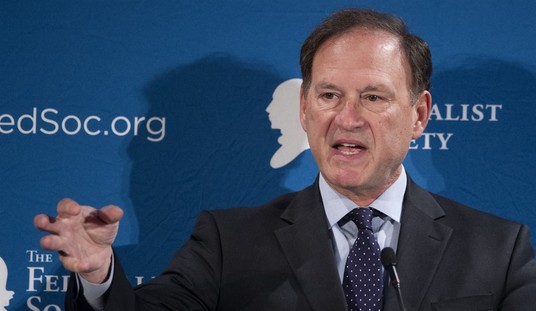



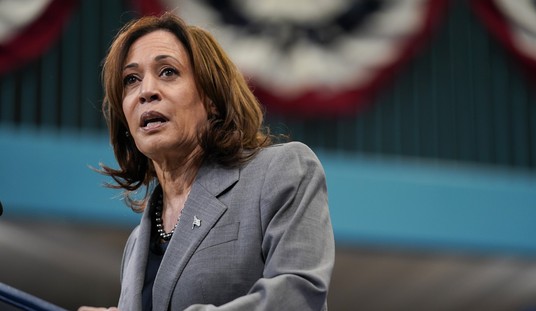

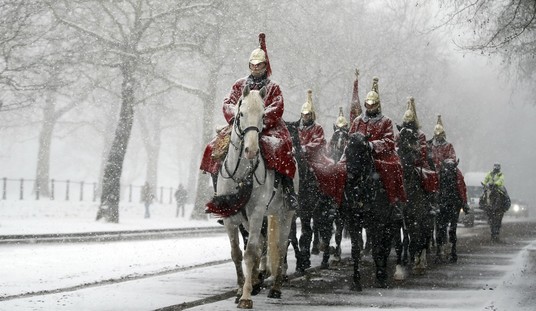

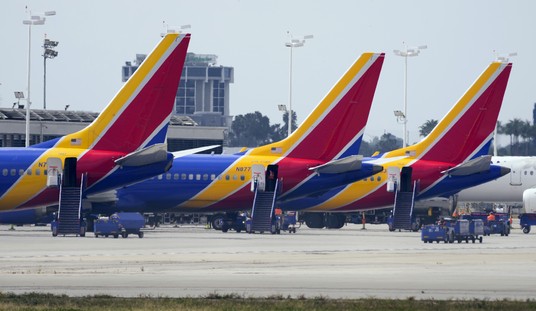
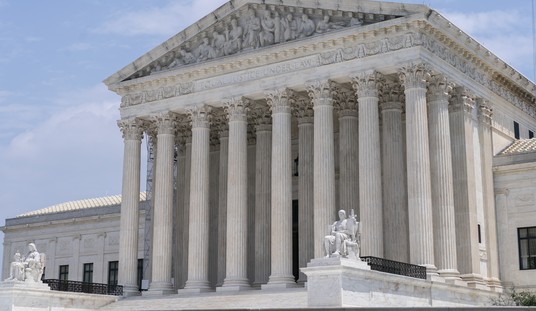


Join the conversation as a VIP Member